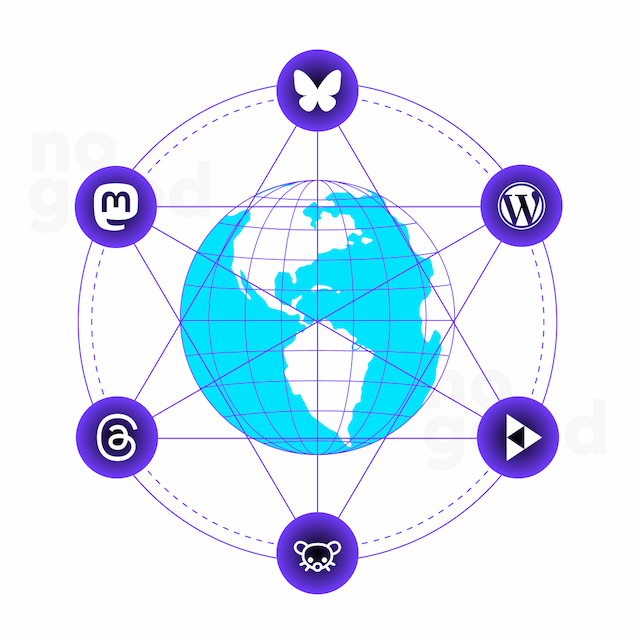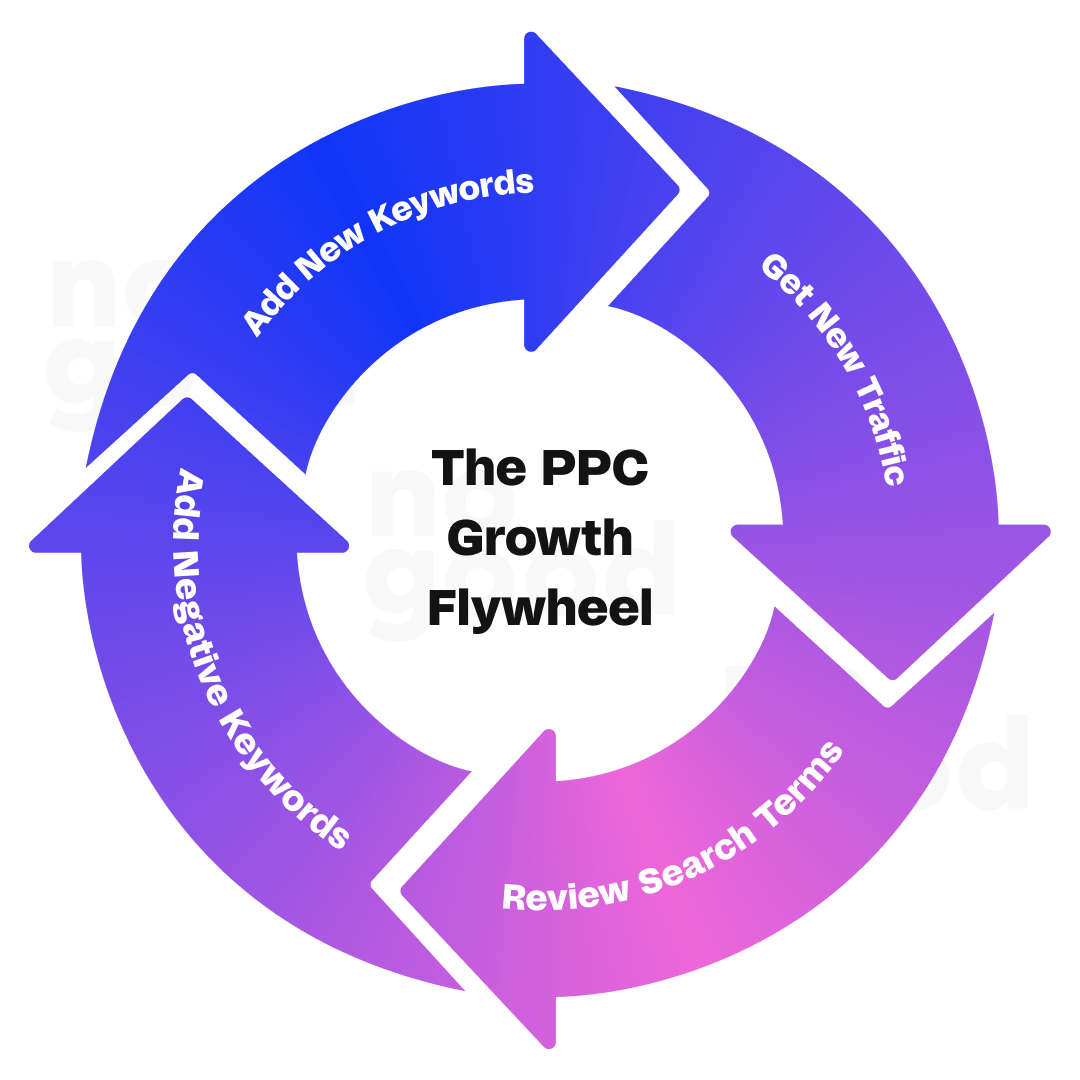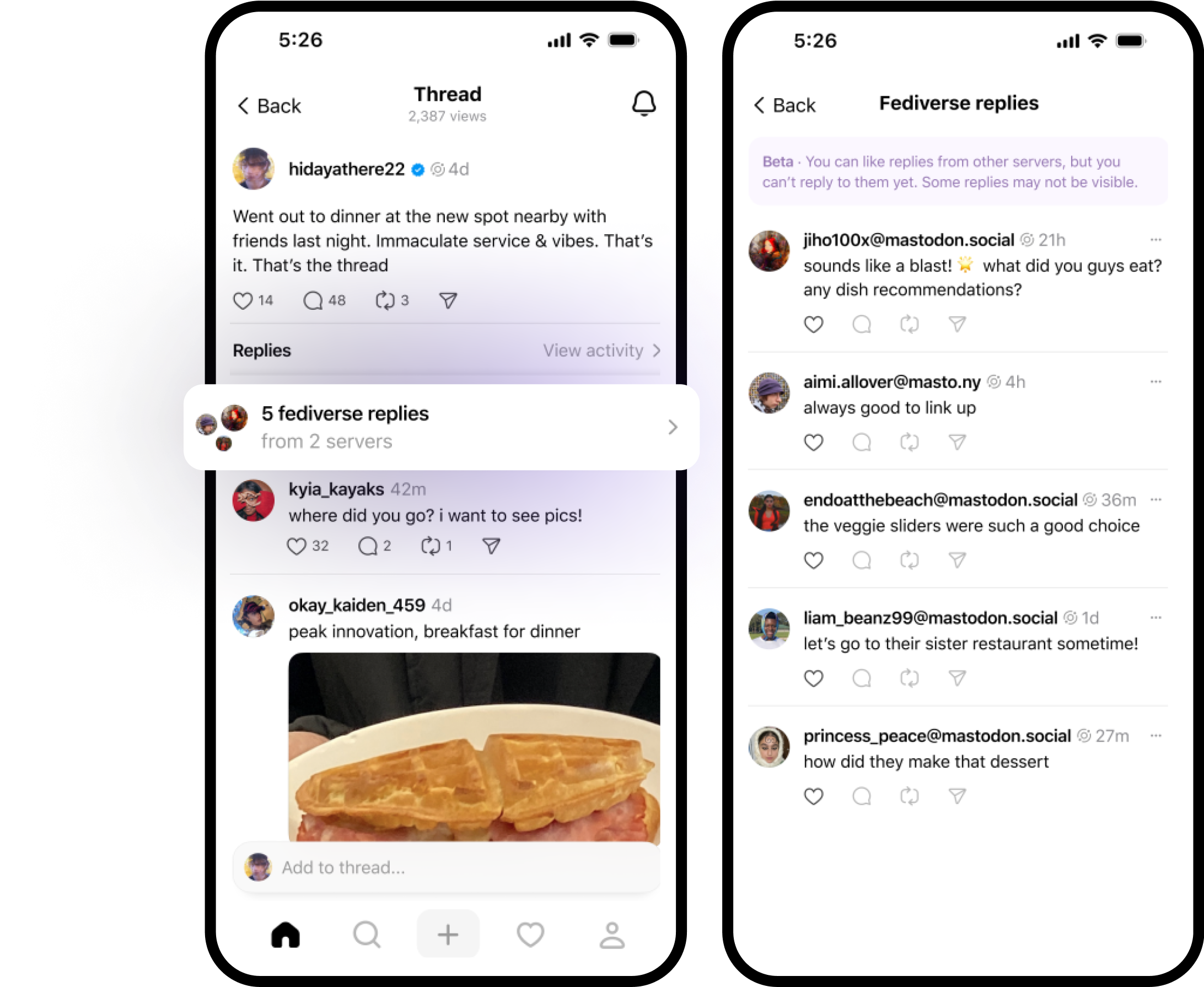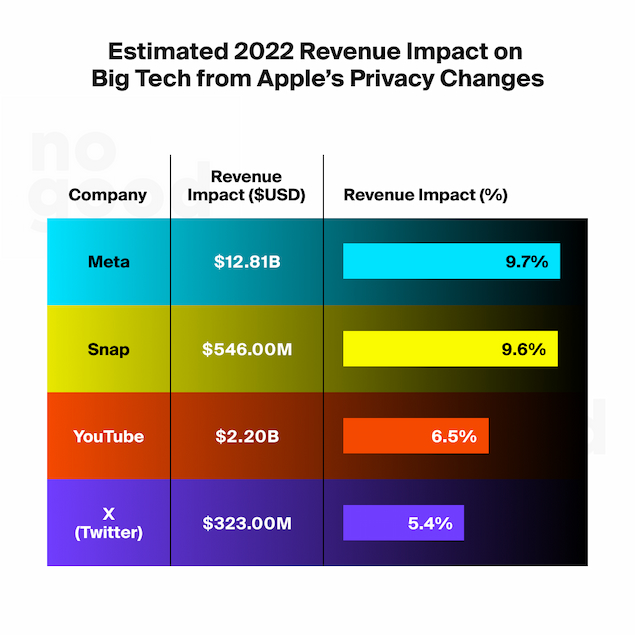Metaverse this, metaverse that… Everyone’s talking about virtual and augmented realities, but what about the Fediverse? Here’s what you need to know (and why you should know) about the rising future of decentralized social media.
What is decentralized social media (the “Fediverse”)?
Decentralized social media, also known as the Fediverse, represents a paradigm shift in how we interact online. Unlike traditional social media platforms owned by single corporations, the Fediverse is a network of interconnected platforms that communicate with each other using open protocols like ActivityPub and Diaspora. This means users can join different platforms while still interacting with users on other platforms seamlessly. It’s an ad-free, community-owned, decentralized social networking protocol that’s made up of protocol, servers, and users with the promise of cross-platform communication.

Each platform within the Fediverse operates independently, allowing for diverse communities to thrive under their own rules and moderation practices. Decentralization empowers users with greater control over their data and online presence, reducing the risks of censorship and exploitation. It’s building the future of social where you won’t have to rely on Instagram or Meta or TikTok etc. to view your content, and you can communicate across platforms without having to create separate accounts for each. The Fediverse is most commonly likened to email, as email operates as a network of communication between disparate services like Gmail, Outlook, Yahoo! etc. The Fediverse essentially aims to apply this standard of a universal login and decentralization of email to the wider web of social media.
Why does the Fediverse exist?
The current social media landscape is an increasingly fragmented space where most platforms are run by a single company or entity, meaning user data and communication is confined to each independent platform. This fragmentation is further emphasized by the controversy and decline of X (formerly Twitter) after Elon Musk took over, rising data privacy concerns, as well as the booming growth of the creator economy.
As such, the Fediverse was created in response to the fragmentation of the current social media landscape, offering an alternative to the current experience with the promise of cross-platform communication. Instead of allowing social media giants to unilaterally gatekeep and control user data, the Fediverse seeks to take back that power and return it to individual users.
It’s no surprise that the Fediverse surged in popularity during the decline of Twitter as Twitter users flocked to Mastodon, and decentralized social media is once again garnering significant attention following Metas introduction of a beta that allows Threads users to share to the Fediverse. It’s unclear when Meta will fully launch Threads in the Fediverse, but their immensely scaled user base means that the announcement of the beta has already generated plenty of hype about the future of decentralized web-based platforms.

Meta’s beta also marks an important shift towards making the Fediverse a more viable option for the mainstream. By integrating Threads into the Fediverse, Meta takes on the challenge of user education to encourage more people to explore the Fediverse, including those who may have felt intimidated by existing apps like Mastodon.
The Fediverse vs. the Metaverse vs. Web3
The Fediverse refers to a decentralized network of interconnected social media platforms that share compatible protocols, allowing users to communicate across different services seamlessly. On the other hand, the Metaverse encompasses immersive virtual environments where users can interact with each other and digital objects in real time.
It represents a convergence of virtual reality, augmented reality, and the internet, creating a shared space for socializing, gaming, commerce, and more. While the Fediverse focuses on decentralizing social media, the Metaverse aims to transcend physical limitations and redefine how we engage with digital content and each other.
Meanwhile, Web3 refers to the next evolution of the internet, characterized by decentralized protocols, blockchain technology, and peer-to-peer networks. It seeks to decentralize various online services and applications, including social media, finance, and governance, empowering users with greater control over their data and online interactions.
While the Fediverse, the Metaverse, and Web3 share common goals of decentralization and user empowerment, they each represent distinct paradigms for reshaping the digital landscape, offering unique opportunities and challenges for the future of online connectivity and collaboration.

What are the challenges of decentralized social media?
While decentralized social media holds promise for fostering greater user autonomy and privacy, it also presents several significant challenges. One primary concern is the issue of governance and moderation. Traditional social media platforms typically have centralized entities responsible for setting and enforcing community guidelines.
In decentralized systems, the absence of a central authority makes it challenging to address issues like harassment, hate speech, and misinformation effectively. Without clear mechanisms for governance and moderation, decentralized platforms may struggle to maintain a healthy and safe online environment.
Additionally, scalability and usability remain significant hurdles. Decentralized systems often rely on complex protocols and technologies, which can be daunting for average users to navigate. Improving scalability while ensuring a seamless user experience will be crucial for the widespread adoption of decentralized social media.
Which social media platforms are decentralized?
The Fediverse is growing in popularity, but at the moment, Threads, Mastodon, WordPress, PeerTube, Pixelfed, and Lemmy all have a presence on the network. Other decentralized platforms gaining traction include Diaspora, a decentralized social network designed to be more privacy-focused, and Scuttlebutt, which operates on a peer-to-peer network allowing users to connect directly without centralized servers.
By allowing Fediverse sharing in Threads, Meta effectively became the largest app in the fediverse, as it topped 150 million monthly active users as of April 2024. Although this is still a beta experience, Meta’s decision to expand into the Fediverse definitely solidifies the rise of decentralized social media as something to pay attention to in the next few years.

Additionally, there’s the emerging blockchain-based social media platform Steemit, where users are rewarded with cryptocurrency for their contributions. As the demand for decentralized alternatives to mainstream social media grows, we can expect to see even more platforms joining the ranks of the Fediverse and other decentralized networks in the near future. These platforms offer users greater control over their data and interactions, challenging the centralized model that dominates much of today’s social media landscape.
Why should marketers care about the Fediverse?
Although the Fediverse hasn’t garnered as much attention compared to innovations like generative AI or the metaverse, it’s a growing space that presents many opportunities for brands, particularly in this pocket of the internet that aims to be fully ad-free. With decentralized social media, the absence of a central company that’s calling the shots means there’s an absence of both a mechanism and an incentive to drive ad revenue.
This means that brands can use the Fediverse as an environment to engage consumers through organic content and get a better return on investment than paid ads. Brands can focus on one decentralized platform instead of creating content for fragmented channels, allowing them to focus their energy on creating quality content for a wider reach. The behavioral shift of how Gen Z consumers are using social media also leans towards less of a need for brands to create targeted paid ads, because users are already self-selecting and seeking out brands in the same way they connect with friends, celebrities or creators.
With the increasing importance of data privacy, brands have more and more of a reason to prioritize this too — and the Fediverse facilitates that. Apple and Google have already started transitioning to stricter privacy compliance standards, reflecting a broader shift towards prioritizing user privacy and data protection. In this context, the Fediverse presents an attractive option for brands seeking to align with these values and build trust with their audiences.
Unlike traditional social media platforms, where user data is often harvested for targeted advertising and other purposes, the decentralized nature of the Fediverse offers inherent protections against data exploitation. By participating in the Fediverse, brands can demonstrate their commitment to respecting user privacy and fostering transparent, ethical interactions. Moreover, the Fediverse’s emphasis on user control and ownership of data aligns with growing consumer expectations for greater transparency and accountability from brands.
By embracing decentralized platforms like Mastodon and Pixelfed, brands can not only safeguard their customers’ data but also differentiate themselves in a crowded marketplace increasingly shaped by concerns over data privacy and digital rights. As the Fediverse continues to gain traction and mainstream attention, brands that prioritize data privacy stand to benefit not only in terms of consumer trust and loyalty but also in shaping the future of online engagement and commerce.

How will the Fediverse affect the creator economy?
Brands aren’t the only ones who will be affected by the rise of the Fediverse — creators stand to benefit from it too. In fact, content creators are probably the group of people that would benefit the most from the Fediverse.
For creators, the Fediverse holds the promise of greater autonomy and agency over their content and communities. By decentralizing social networking infrastructure, creators are no longer beholden to the rules and algorithms of a single corporation. Instead, they have the freedom to choose from a variety of platforms that cater to different niches and audiences, without fear of arbitrary censorship or algorithmic suppression. This not only fosters a more diverse and inclusive ecosystem but also mitigates the risk of de-platforming and content demonetization, which have become recurring concerns for creators on centralized platforms.
With the Fediverse, creator posts and content would show up everywhere regardless of the platform, which eliminates the need for tedious cross-posting. This widespread distribution would increase a creator’s reach, protect user attrition, and provide more opportunities for creators to focus on content creation itself rather than figuring out the ever-changing standards of social media algorithms.
With regard to monetization, the Fediverse offers new possibilities for creators to earn a sustainable income from their work. While centralized platforms often rely on advertising revenue and algorithmic recommendations to monetize content, the Fediverse enables creators to explore alternative revenue streams, such as crowdfunding, subscriptions, and direct patronage. By leveraging decentralized payment systems and blockchain technology, creators can bypass intermediaries and retain a larger share of their earnings, thus enabling a more equitable distribution of wealth within the creator economy.
Preparing for the future of decentralized social media
The future of decentralized social media is promising, especially considering its potential for creating a space where brands and users would no longer be beholden to today’s social media giants. Case in point: brands and creators took a huge hit after the downfall of Twitter, causing a massive loss of the community that they have spent time building on the platform. Conversations around the impending or potential TikTok ban are also raising concerns about the consequences of such an over-reliance on disparate, fragmented communities that are built on independent social media platforms.
As we move more and more towards a future of decentralization, it’s important for brands and marketers to be aware of the implications the Fediverse may have, and take proactive steps to prepare for these changes. For more information or guidance on building a strong cross-platform community, feel free to reach out to us.




